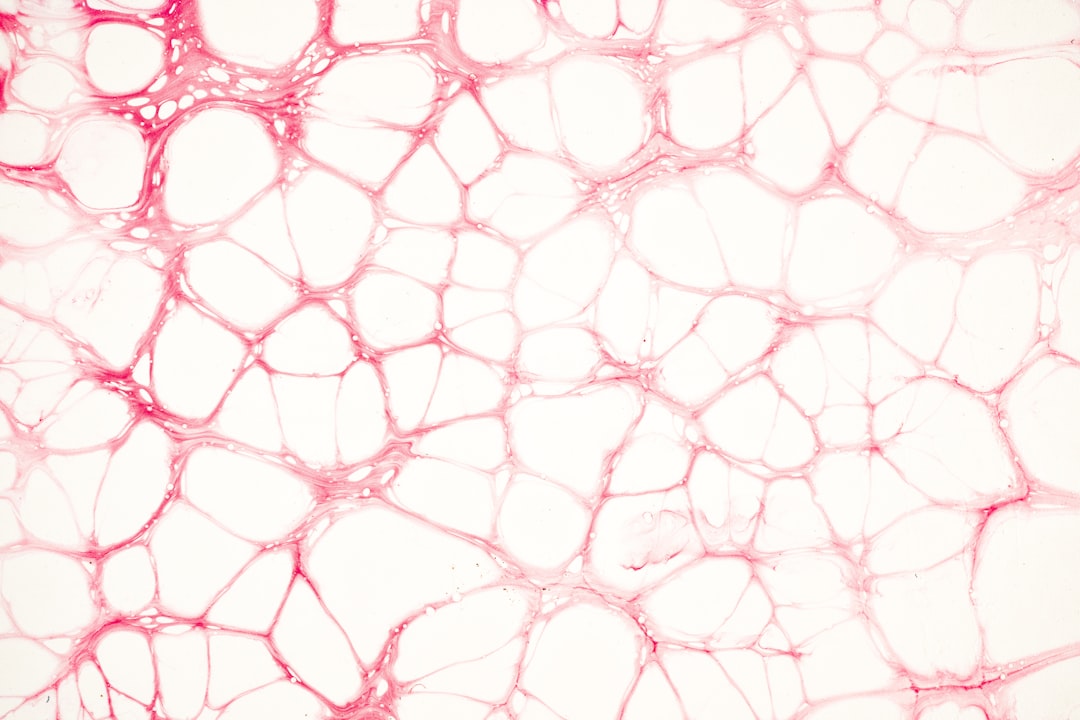What is it about?
In this work, we acquire low-energy Raman spectra via coherent Raman scattering techniques without any spectral background. Neither fluorescence nor non-resonant background is present. This is achieved by utilizing a combination of several progressive ideas developed in the fields of 2D electronic spectroscopy and coherent anti-Stokes Raman scattering (CARS). In this work, by measuring signals via both CARS and coherent Stokes Raman scattering (CSRS) methods, we show that it is possible to disentangle those contributions to the Raman signals that come from the vibrational dynamics on the excited electronic state from those that originate from the ground electronic state.
Featured Image

Photo by anja. on Unsplash
Why is it important?
Understanding the nature of low-energy (<200 cm−1) vibrational modes is of high significance in several disciplines and can allow insights into the systems under investigation. In biological sciences, for example, low-frequency vibrations may be associated with large-scale nuclear motions in proteins, which can be associated with proteins’ ability to tune their reactivity or enhance energy transfer in photosynthetic light-harvesting. In condensed matter physics, low-frequency vibrations can, for example, characterize details of polycrystalline structures, determine the size of nanomaterials (e.g., 1D single-wall carbon nanotubes, 2D materials), and may assist with identification of a low-temperature noncentrosymmetric phase of matter, such as those that host exotic type-II Weyl fermions.
Perspectives
This article shows the importance of the acquisition of coherent Stokes Raman scattering (CSRS) spectra which is not usually the preference when it comes to coherent Raman measurements. This is because CSRS spectra are normally affected by a large fluorescent background which we completely remove. CSRS spectra helped to recognize contributions coming from an excited electronic state. I hope this article will be useful in optical spectroscopy as well as chemical and biochemical communities.
Pavel Kolesnichenko
Read the Original
This page is a summary of: Background-free time-resolved coherent Raman spectroscopy (CSRS and CARS): Heterodyne detection of low-energy vibrations and identification of excited-state contributions, APL Photonics, May 2019, American Institute of Physics,
DOI: 10.1063/1.5090585.
You can read the full text:
Resources
Contributors
The following have contributed to this page










